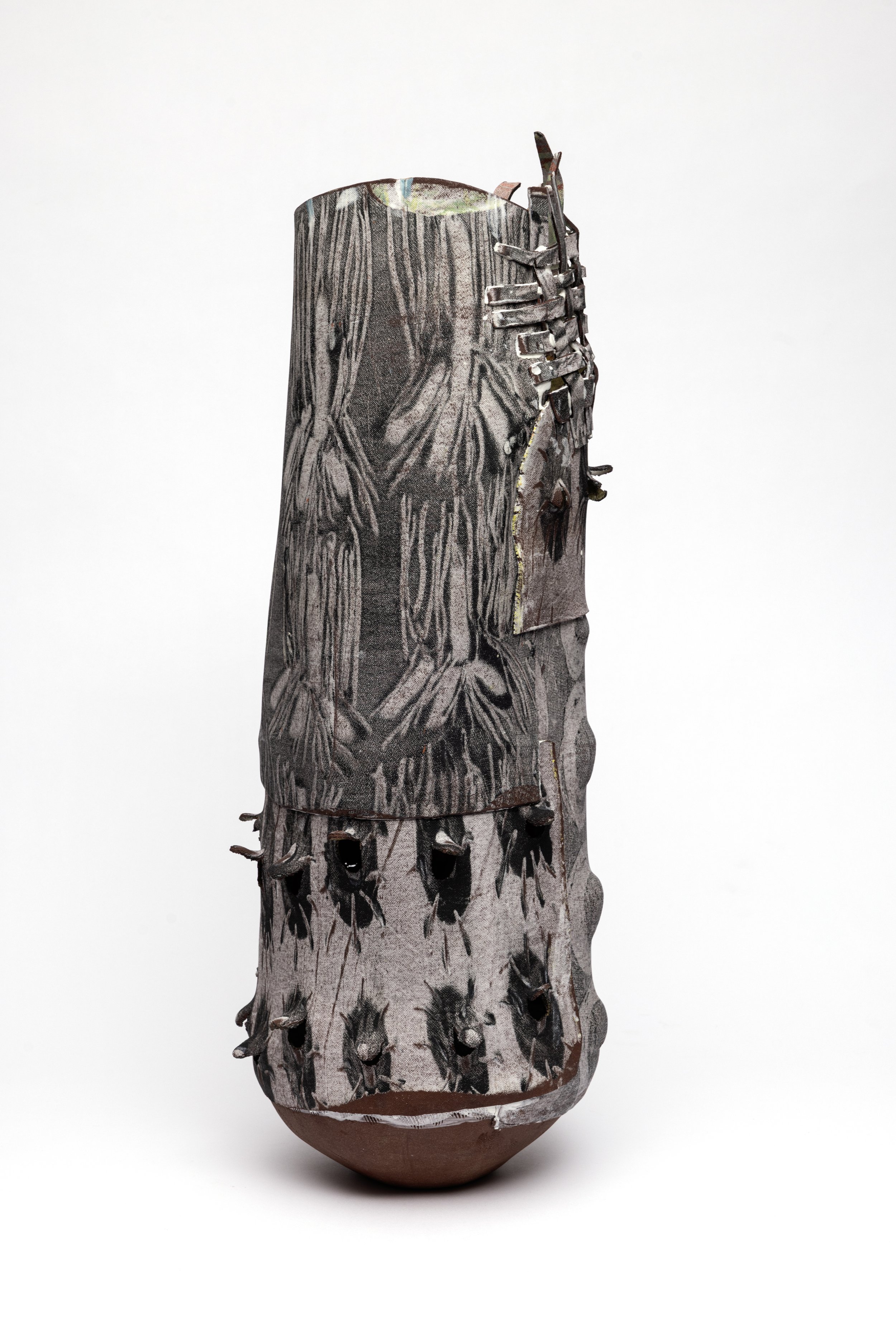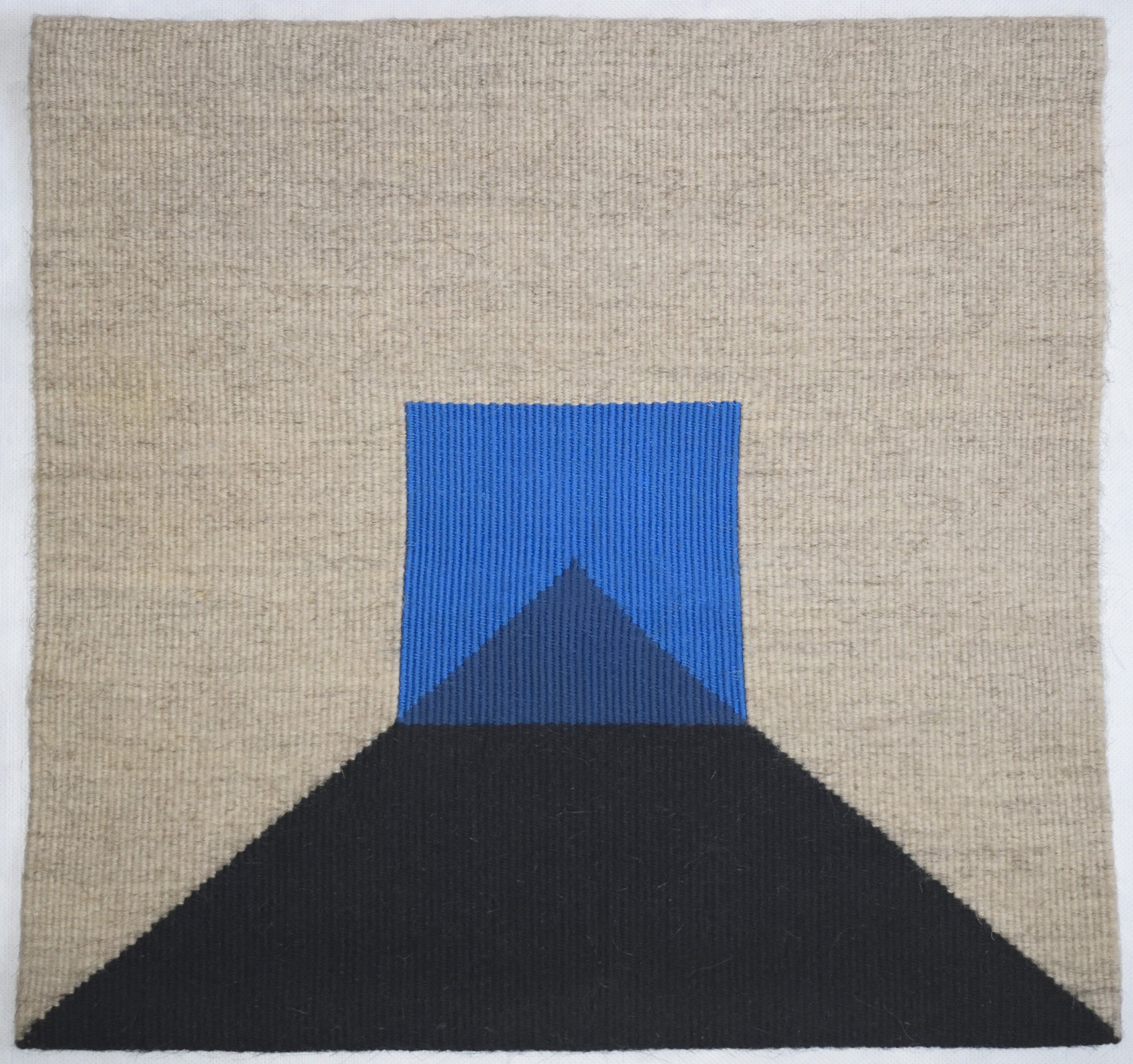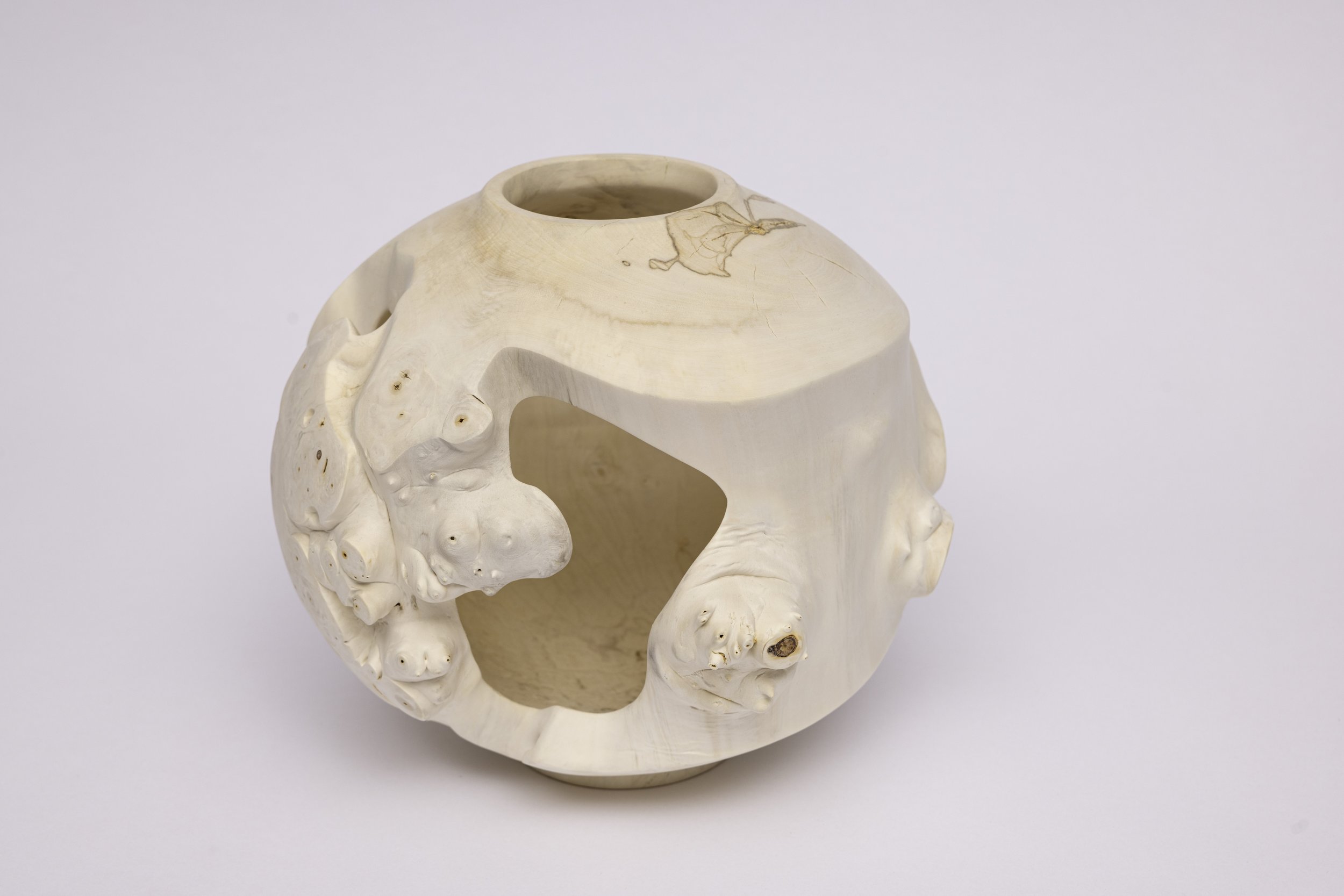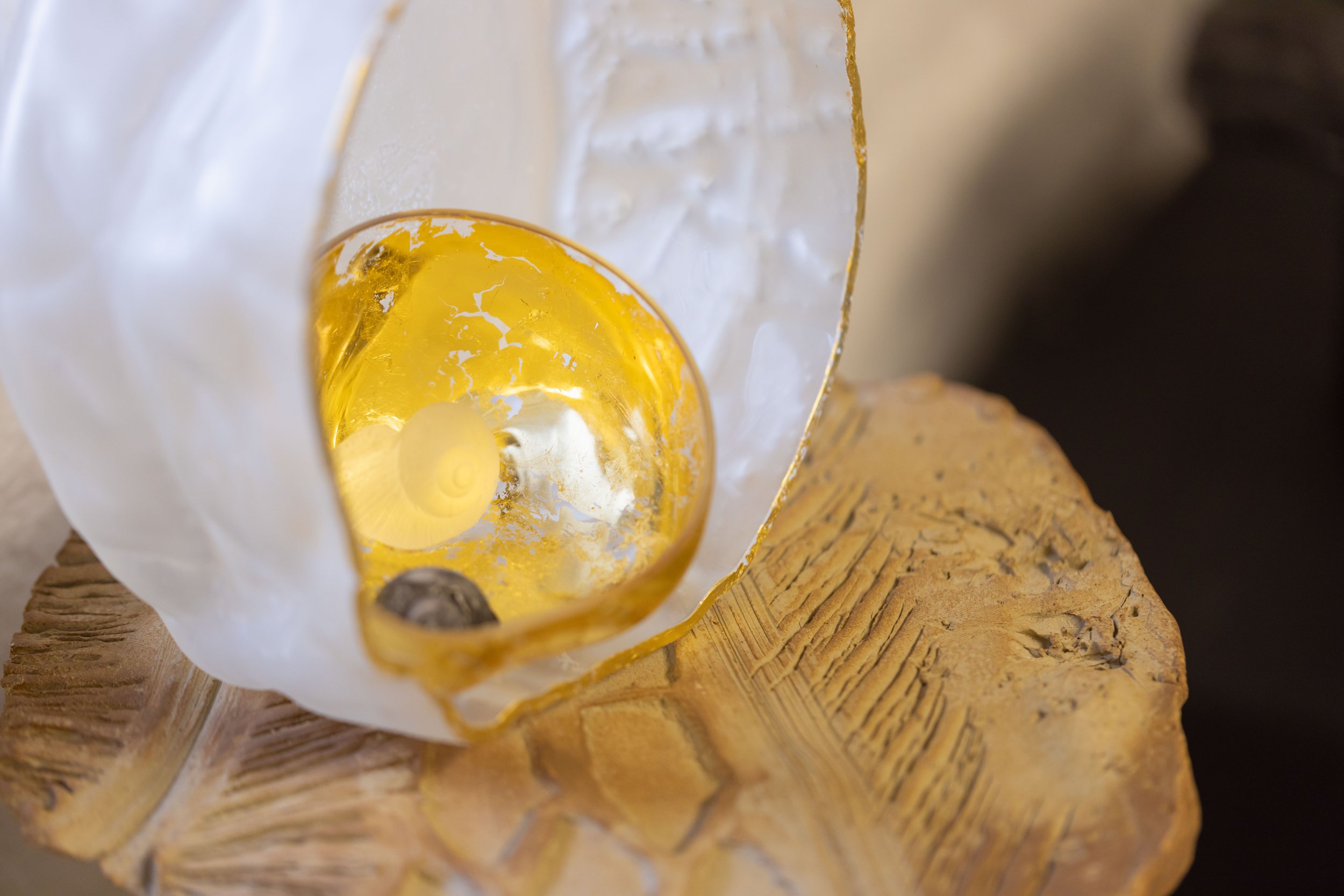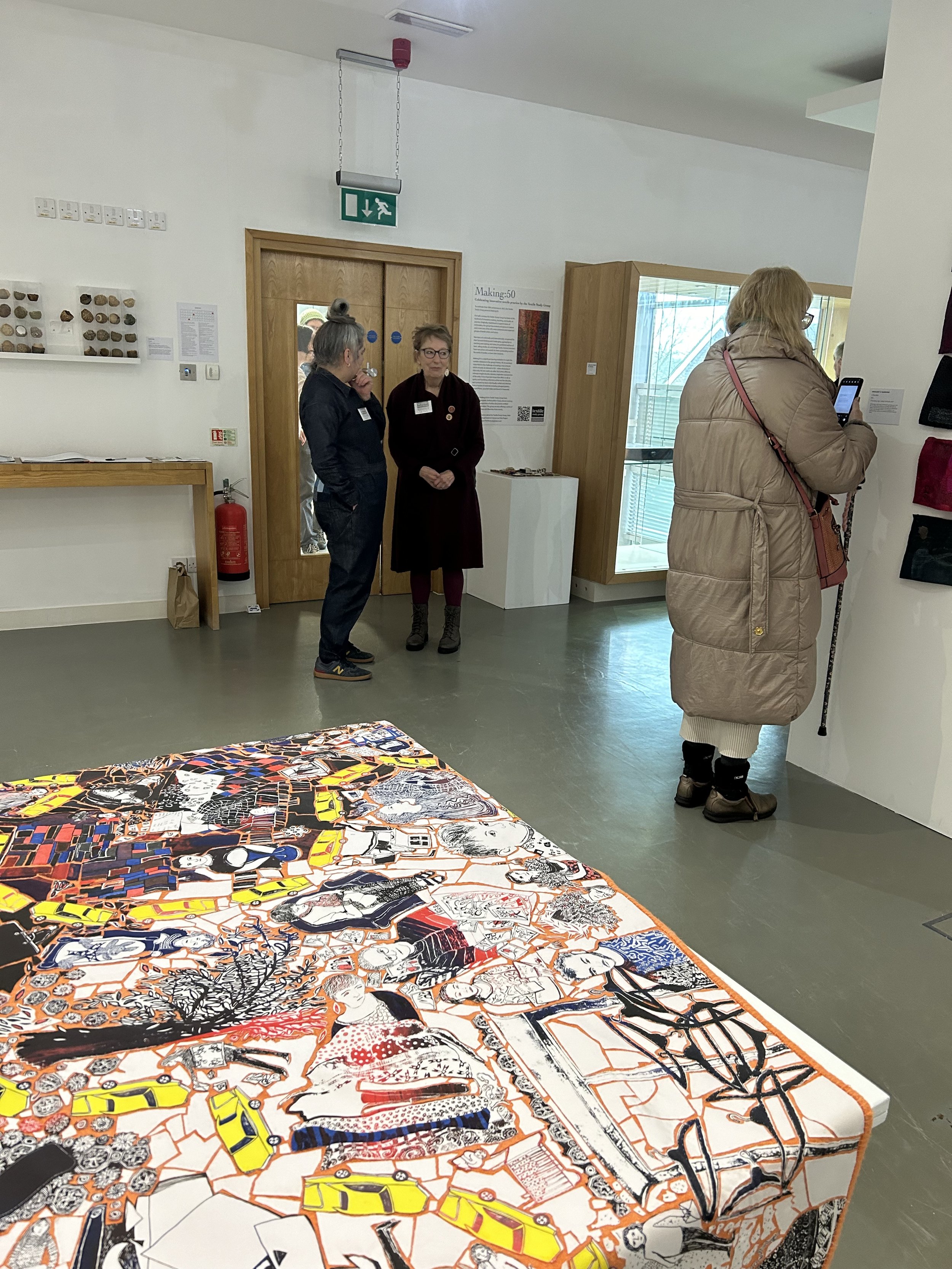CURATOR'S CHOICE: DAVID PYE
/GRETA BERTRAM, CURATOR
David Pye (1914-1993) was an accomplished wood-turner and carver. He trained at the Architectural Association and, reacting against the trend for concrete, specialised in wooden buildings. He went on to become Professor of Furniture Design at the Royal College of Art 1964-1974, during which time he wrote his two major works on the theory of design and handcraft: The Nature of Design (1964) and The Nature and Art of Workmanship (1968).
One of the things he is perhaps most well-known for is his fluted bowls, made on his specially designed ‘fluting engine’, primarily consisting of a turntable for the work to sit on, a cutter, and a pivot about which the cutter swings. The engine underwent several modifications from the 1950 prototype, used until the early 1960s, to a second design in use until the early 1980s; with a final modification which enabled the engine to cut either straight flutes or spiral flutes.
PYE/2/1 The fluting engine as it was in 1980. © Crafts Study Centre / E. and J. Pye.
The Crafts Study Centre is lucky enough to hold the fluting engine and a wide selection of tools amongst its collections – although these are held elsewhere – in addition to a selection of wooden bowls and a dishes, and a group of small turned and engraved wooden boxes. We also hold notes on the design and use of the fluting engine, along with a set of photographs, to explain how it all worked and with advice on such things as centring the cuts, creating intersecting circles, tangential cuts and oval dishes.
The works by Pye are some of my favourite pieces at the Crafts Study Centre and stand out from anything else that we have – and the more I look at them, the more detail I see and the more I like them. Groove after groove may sit side by side; there may be concentric rings of fluting slightly offset from one another; and grooves may be superimposed across one another. The texture of the grooves may complement or contrast with the pattern of the grain.
F.78.1 ‘Rope’ pattern in lime wood scrubbed with bleach, 1950s. © Crafts Study Centre / E. and J. Pye.
F.78.4 Grain and pattern complement each other perfectly. Oval dish in cherry wood treated with linseed oil, 1970s. © Crafts Study Centre / E. and J. Pye.
Pye worked in a wide range of woods – walnut, rosewood, cherry, wild service, lime, elm and so on for the dishes, and hardwoods such as cocobolo, kingswood, east African hardwood, brazilwood and apple for the boxes – and the design and choice of wood always complement one another. Shape and form are also key. Dishes may be oval, rectangular, double, as well as round. One of the most beautiful pieces is a dish shaped like a lily pad, with a groove which acts as a rest for the thumb.
F.78.6. Pye described handles as “the very devil”, as they got in the way of the stock-knife when doing the fluting. Dish in wild service wood treated with linseed oil, 1970s. © Crafts Study Centre / E. and J. Pye.
F.78.2 Lily-pad serving dish in French walnut treated with linseed oil, 1950s. © Crafts Study Centre / E. and J. Pye.
In his notes, Pye commented: “I have perhaps made some very beautiful things by this technique in my time but – heaven forgive me – I have made some very horrible things too. The technique is capable of producing bowls and dishes even nastier than the worst that can be made by plain turning and that is saying something”. Thankfully, the Crafts Study Centre only holds the former.
I also find the turned wooden boxes exquisite. They have screw-top lids with wooden threads, which are a masterpiece of precision, and they are engraved with incredible patterns using the same techniques as with the fluting engine. These were achieved, as Pye wrote, by ‘superimposing eccentric cuts on radial cuts, using different cutters, different radii of the cutter, differing settings of the bolts in the mortices, and so on’. The possibilities, it seems, were endless.
F.78.11 Box with spiral grooves in kingswood treated with linseed oil, 1970s. © Crafts Study Centre / E. and J. Pye.
F.78.9 Box with complex engraved design in untreated box wood, 1970s. © Crafts Study Centre / E. and J. Pye.













